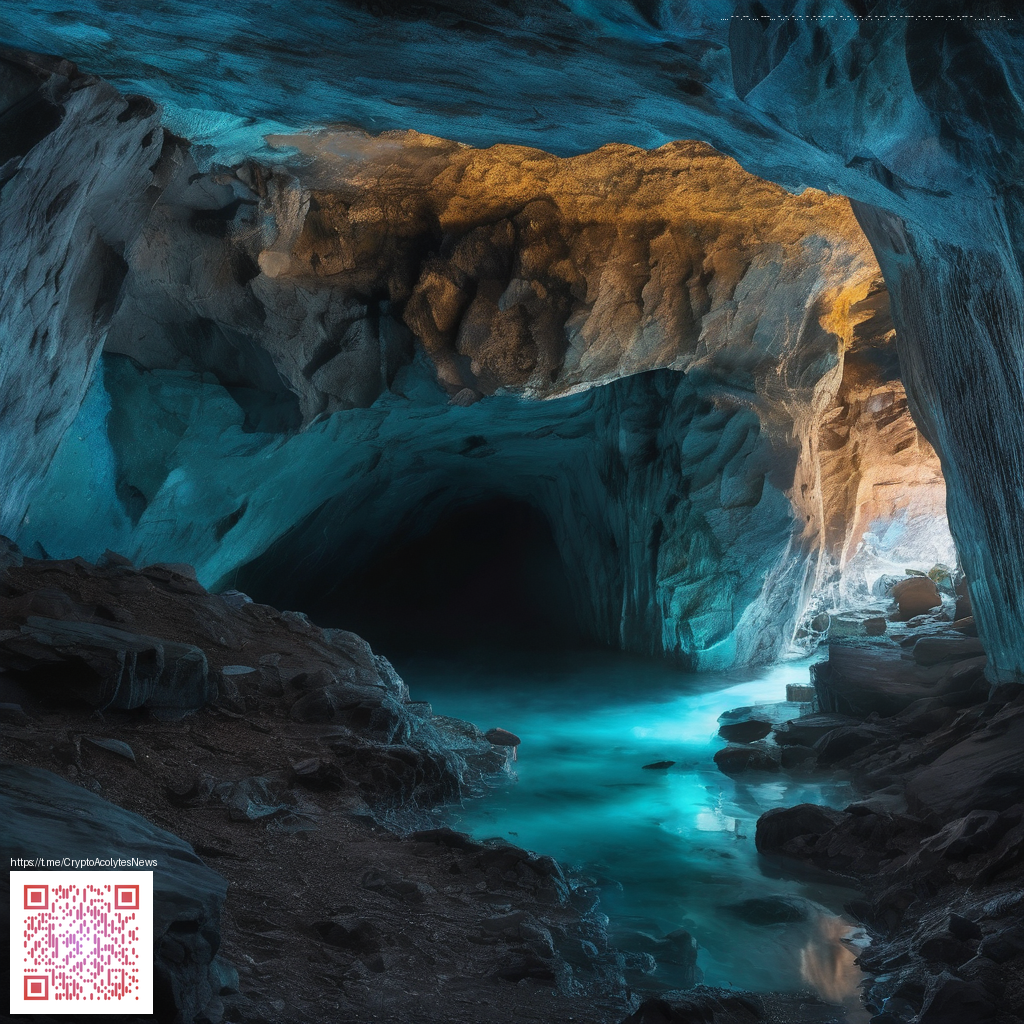
Listening to the station: how the score guides your nerves through System Shock 2
From the very first boot sequence, the auditory world of this classic immersive sim wraps itself around your decisions. A masterful blend of ambient textures, mechanical percussion, and eerie processing gives players a sense that the space itself is listening back. The tonal language leans into late 90s cyberpunk dread, where industrial meets the intimate, and the soundtrack becomes less background music and more a companion that urges you to proceed with caution.
What makes the score sing as a narrative force is its commitment to texture over overt melody. Rather than presenting heroic fanfares, the music favors low drones, glitched sustains, and sparse motifs that repeat just enough to become a tactile memory. When you step into a new area or trigger a security sequence, the sound design nudges your expectations with subtle changes in timbre and rhythm, signaling danger or discovery without shouting about it. This approach crafts a peculiar immersion where listening becomes half of the stealth and half of the exploration 💠.
Sound design language: tone through timbre
The score relies on a vocabulary of timbres that suits a space station haunted by its own machinery. Dense synth pads bloom into crescendos during moments of escalation, while ghostly high-end textures hint at unseen presences behind the walls. Diegetic elements such as computer beeps, ventilation hums, and servo noises are woven into the musical fabric, turning environment noises into a living, reactive chorus. The result is a soundscape that feels both expansive and intimate, constantly reminding you that you are small in a vast, uncontrolled machine 🌑.
In combat or tense reconnaissance, the music tightens its grip. Percussion becomes compressed, audio glitches ripple through the mix, and a spare melodic line may surface briefly to anchor a moment of peril. These decisions produce a tone that is relentlessly uneasy yet strangely familiar, as if the station itself is learning from your choices. The overall effect is a psychological map: you hear where the story is steering you before you see it, which is precisely the kind of cognitive feedback players crave in a horror-tinged sci-fi world.
Gameplay dynamics: pacing through sound
System Shock 2 thrives on pacing that is as much auditory as it is mechanical. Exploration unlocks a cadence defined by ambient flow, while encounters snap that cadence into a higher register. The soundtrack plays a strategic role in guiding risk assessment—sparseness in the score often signals the quiet before a spike in tension, whereas a subtle accumulation of texture indicates a creeping threat. This dynamic relationship between sound and action makes every corridor feel alive, and every shutdown of a console an invitation to pause and listen. It’s a design choice that rewards players who attune their ears to the environment as much as their weapons and keys 🕹️.
Fans often point to how silence can be just as telling as music in this game. When the station goes eerily quiet, you become acutely aware of your own breathing and footfalls, emphasizing vulnerability. That contrast between noise and stillness is a deliberate tempo changer, a reminder that suspense can flourish without a single note being played. It’s a testament to how sound can function as a gameplay mechanic in its own right.
Community insights: modding culture and fan remixes
Over the years the community has celebrated the soundtrack by swapping, remixing, and expanding the original audio landscape. Fan remixes and soundscape packs explore different emotional hues—some emphasizing industrial grit, others leaning toward more ethereal, space-swept textures. The enduring interest in this score reflects a broader trend in modding culture where players sculpt the auditory experience to suit their preferred pacing and atmosphere. The practice mirrors the game’s own ethos: a collaborative, hands-on relationship between players and the world they inhabit 💠.
Mod packs often experiment with alternative ambient layers, offering a reimagined sense of scale and danger. Even without changing core gameplay, these sonic variations can transform a familiar run into a different emotional journey. It’s a reminder that great sound design doesn’t simply accompany gameplay; it can redefine it, inviting communities to reinterpret a station that feels both ancient and deeply personal 👁️.
Developer commentary: rugged audio craft from Looking Glass and friends
Though the project emerged in the late 1990s, the philosophy behind its audio remains surprisingly modern: audio should enhance space, fear, and curiosity without overpowering the player’s agency. The sound team leaned into a philosophy where environmental realism and psychological tension coexist, pushing players to rely on their ears just as much as their eyes. The result is a cohesive mood that supports the game’s complex themes of isolation, autonomy, and the ethical ambiguities of a world run by flawed, powerful AIs.
For today’s readers and players, the score still serves as a reference point for how to build atmosphere in sci-fi horror. It demonstrates that tone can be sculpted with texture, space, and timing, not just with melodies. The nostalgia is real, but the lessons are timeless: sound design is narrative architecture, and a station’s heartbeat can be heard even when you’re not listening for it 💠.
Tip for listeners and players: when you replay a familiar sequence, try muting the dialogue for a moment and focusing on the ambient cues. You’ll notice how the music and environmental soundscape reframe the scene and invite a new approach to the objective at hand.
Support Decentralized InternetEngage with a decentralized internet ethos by supporting projects that prioritize open protocols and community governance. Your contribution helps sustain independent voices and builds a more resilient online culture 💠.